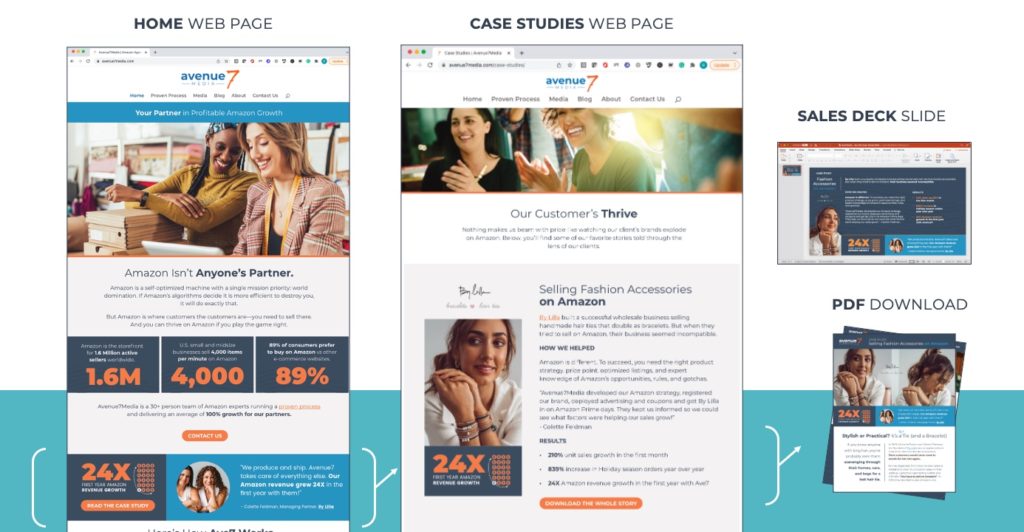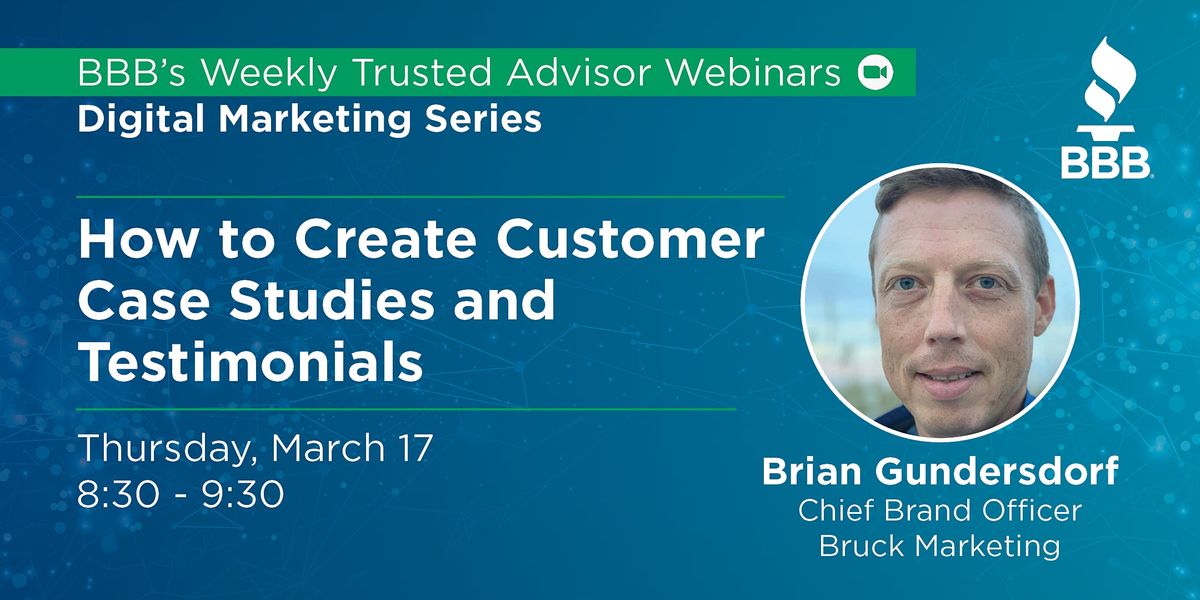If you only have 30 minutes to give to your marketing efforts this week, here’s where to spend them: interview a customer.
Do this right, and you’ll leave this quick conversation with market research insights, notes for a robust case study, a library of testimonial quotes, performance metrics, and more.
Market Research
Whenever I talk to a client’s customer who was part of the buying team, I ask what factors drove their decision. Almost every time they say something like, “Your client was the only vendor who offered X.” That’s a tremendous insight that would otherwise take hours and hours of research to find. Your customer has already done this research for you.
And their research is better than yours. Here’s why:
- In a competitor comparison project, there are many features to compare. It’s hard to determine which features are important. But your customers know what’s important to them, and they will tell you if you ask!
- Market research is rarely comprehensive. So you probably can’t legitimately say, “Our company is the only vendor who offers X.” But you can quote your customer as saying, “Brand A was the only vendor we found who offered feature Y.”
Testimonials
Many businesses ask customers for testimonials without providing any direction. Or they write fake testimonials and ask their customers for permission to claim attribution. That’s fine. But there’s a much better way.
A customer interview leaves you with pages of notes. You can take everything the customer said, find the nuggets that reinforce your brand’s key value statements, wordsmith those, and offer them back to your customer for approval. These are still your customer’s words. But now you have an array of options.
Rather than piling a bunch of hyperbolic testimonials on a page of your website, you’ll have quotes that weave neatly into your brand message and reinforce key points you want your prospects to remember. Near each testimonial, include a link to read the full case study!
Here’s a real-world example of how that flow works with a case study we created for our friends at Avenue7Media.

Performance Metrics
You may be surprised to learn that your client knows how much money you’ve helped them save or how much their business has grown due to your work.
Before the interview, make a list of direct and indirect ways your customer may be able to quantify the benefits of your work. You may need to ask the question a couple of different ways, and they may need to follow up after the conversation with the specific performance metrics.
No performance metrics? No problem. But make sure you extract some kind of positive outcome. Maybe you’ve established a better work environment for them, improved communications, or saved them time. Don’t assume you know the outcomes. Ask!
Specificity
Another benefit of customer stories is that they allow you to be specific.
If you provide multiple offerings, you might share brand messages that broadly encompass everything you do. Your customer stories are an opportunity to be specific about one problem and the solution you provide. That makes for highly relatable, persuasive, high-converting content.
Customer stories also give you a chance to present metrics that might not be possible to aggregate across your customers. For instance, I can’t quantify how much we’ve helped our 50+ clients’ businesses grow—I just don’t have that data. But I know we helped one client grow their business by 200% last year. And you can bet I’ll tout that on the home page of our website.
Case Study / Customer Story
My 30-minute interview consistently yields a 4-page case study (including graphics). We make that a downloadable PDF. It’s a great piece of content to offer prospects and a winning social media share. It’s a reason to reach back out to your long-sales-cycle customer who keeps going silent.
We like to put a testimonial on the website home page linked to a case studies page. On the case studies page, we give a summary and a link to download the full PDF.
What’s the difference between a case study and a customer story? Some will tell you a case study doesn’t need to include the “why” (the problem a customer was facing before finding your solution), and that a customer story doesn’t need to include the “what” (how you helped and what results you achieved). My POV: Include the “why” and “what” every time. I use the term “customer stories” to refer to everything tangible we can take away from a customer interview (market insights, testimonials, performance metrics, case studies).
Don’t Like To Sound “Salesy?”
Do you have a great offering and get fantastic results for your customers but hate talking about it because you feel like you sound too salesy? Customer stories are my favorite solution to this problem. Rather than telling the story of how great your brand is, tell the story of how great your customer is. It feels so much more genuine because it’s not abstract. It’s a true story. It’s what happened.
Make The Most of Your 30-Minutes
Interviews are an incredible opportunity to develop greater customer empathy, translating into more relatable and persuasive marketing messages. To get everything you want out of a 30-minute customer interview, you need to come prepared with the right set of questions. You’ll also want a framework for crafting your notes into a compelling story.
On March 17, 2022 at 8:30 a.m. ET, I’ll step you through all of that. Join my webinar hosted by the BBB of Greater Maryland. Details here.
Update: You missed this webinar! We’re likely to present this again. Sign up here to be notified of future events.
Need help with a customer story today? Contact Bruck Marketing.
We love customer interviews and story crafting, and our clients give us high praise for our work in this area.


